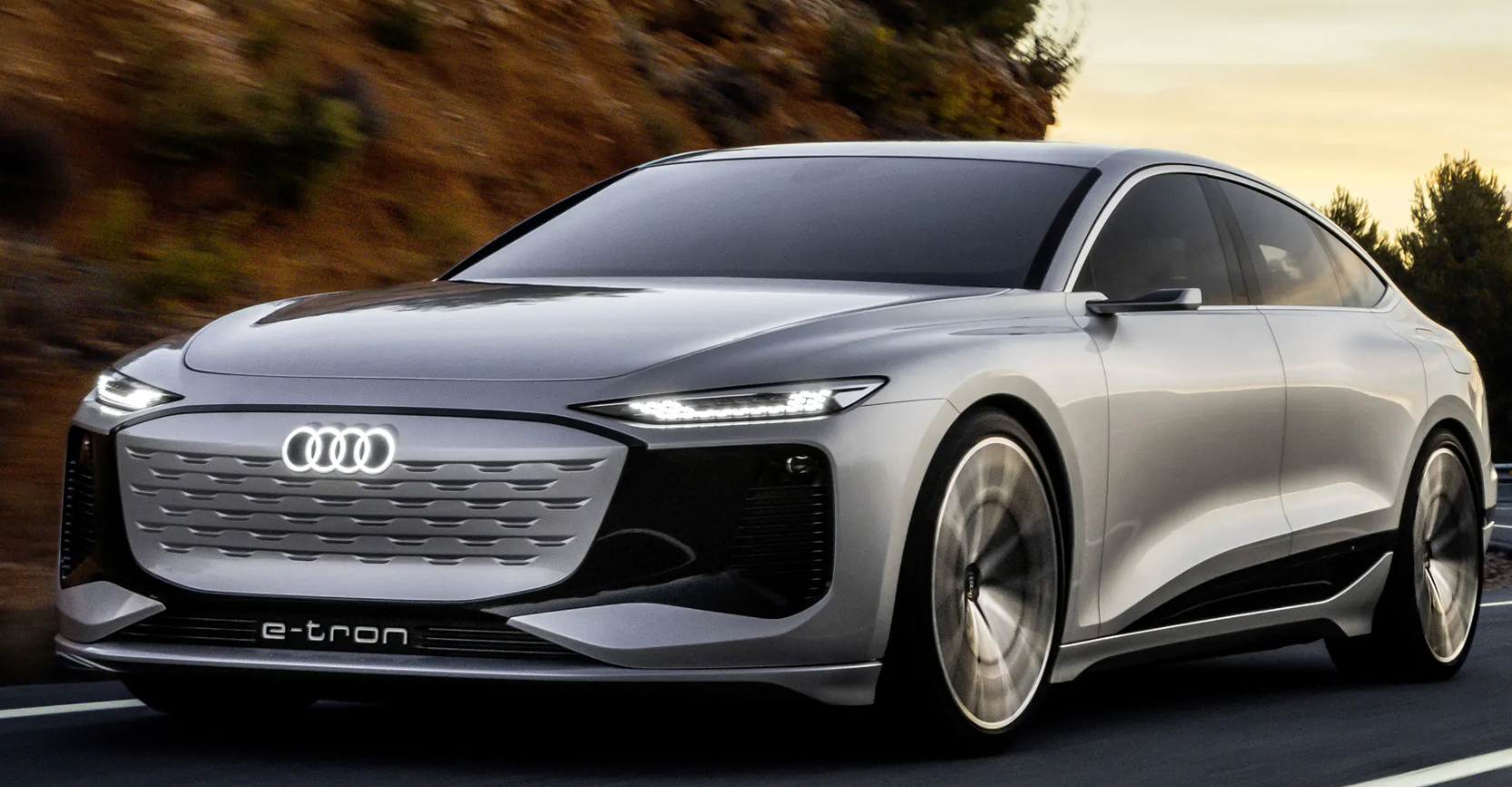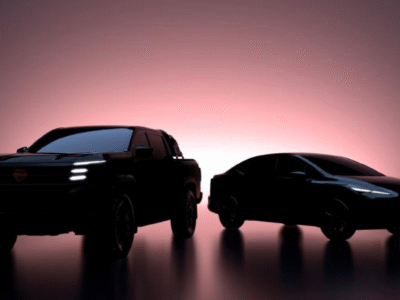
German automaker Audi has unveiled its ambitious roadmap for the coming years, with a strong focus on upcoming model launches and a decisive transition toward an all-electric lineup by 2033. Combining concrete product updates for 2025 with a long-term electrification strategy, Audi aims to redefine its range, its technology, and its position in the premium automotive market.
What’s Coming in 2025: Models, Platforms, and Transition
For 2025, Audi is implementing a dual-track strategy: launching new vehicles —electric, plug-in hybrid, and the last generation of combustion models— while consolidating next-generation platforms that will shape the brand’s future.
According to an official company statement, “As part of our product initiative, we are not only launching new electric models but also a new generation of combustion-engine and plug-in hybrid vehicles. We will manage the production of our last combustion-engine vehicles depending on developments in the world’s markets.” This approach shows Audi’s pragmatic stance — maintaining combustion engines where markets still demand them, while accelerating toward full electrification elsewhere.
Among the 2025 highlights are the new generation of the A6 series (including the Avant variant already revealed), the next-generation Q3 coming in the summer, and at least ten new plug-in hybrid models expected by the end of that year.
A key element of Audi’s transformation is its Premium Platform Electric (PPE) architecture, which underpins models like the Audi A6 e-tron. The A6 e-tron, available in Sportback and Avant body styles, promises over 750 km of range (WLTP), ultra-fast 270 kW DC charging, and a design language that embodies Audi’s future identity. Parallel to it, the Audi Q6 e-tron further expands the brand’s EV offensive.
Audi is also strengthening its position in China, with several debuts at Auto Shanghai 2025, including the A5L, A6L e-tron, and Q5L, all designed to meet the specific needs of that market — such as extended wheelbases and region-tailored powertrains.
Global Strategy: Fully Electric by 2033
At the heart of Audi’s long-term plan lies a clear commitment: from 2026 onward, every new model launched will be fully electric, and internal combustion engine production will be phased out by 2033.
This timeline marks a decisive shift, but Audi stresses flexibility — adjusting the pace of the phaseout depending on market readiness and regional energy infrastructure. The plan is part of “Vorsprung 2030”, a broader corporate strategy that encompasses new EV platforms, digitalization, sustainable manufacturing, and circular economy principles within Audi’s global operations.
Audi’s strategic evolution also implies a gradual balancing act: new all-electric launches, plug-in hybrids serving as a bridge, and a controlled wind-down of combustion engines where demand persists.
What This Means for Drivers and the Market
For automotive enthusiasts and buyers alike, Audi’s plan carries significant implications:
-
More high-end electric options – Models like the A6 e-tron showcase Audi’s ability to combine long range, performance, and design excellence in a premium EV.
-
Plug-in hybrids as a transition phase – With several new PHEVs coming in 2025, Audi recognizes that many consumers still prefer a gradual move toward electrification.
-
The final era of combustion engines – While combustion vehicles remain part of Audi’s lineup for now, the brand’s long-term direction signals that these models will eventually become legacy products.
-
Market and resale impact – As the automotive landscape evolves, combustion models may see changes in residual value and regulatory treatment, encouraging buyers to plan ahead.
-
Rapid technological advancement – The shift to platforms like PPE represents not just an engine swap but a complete redesign of vehicle architecture, aerodynamics, connectivity, and digital systems.







